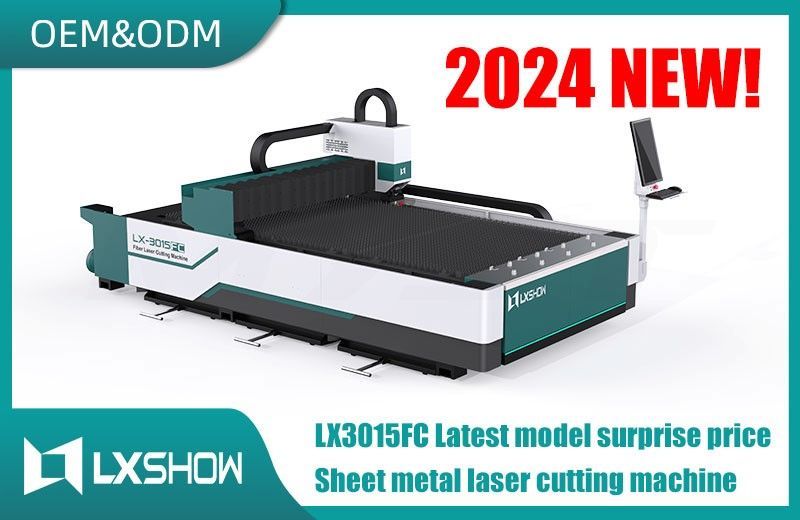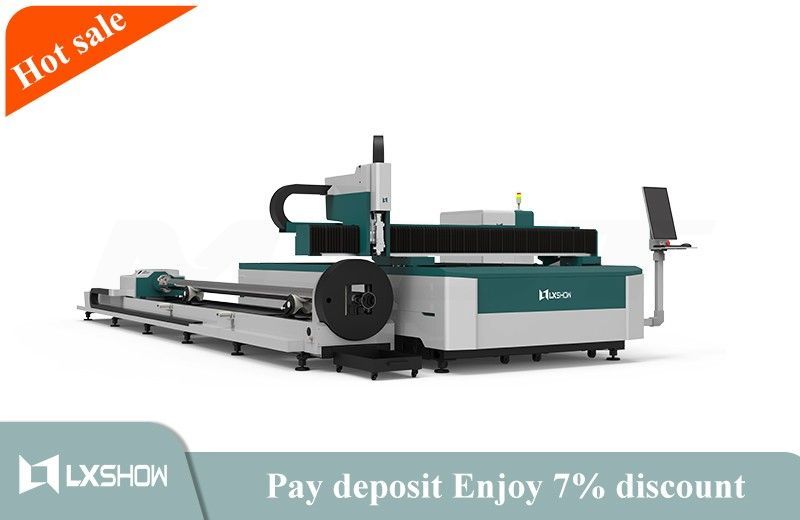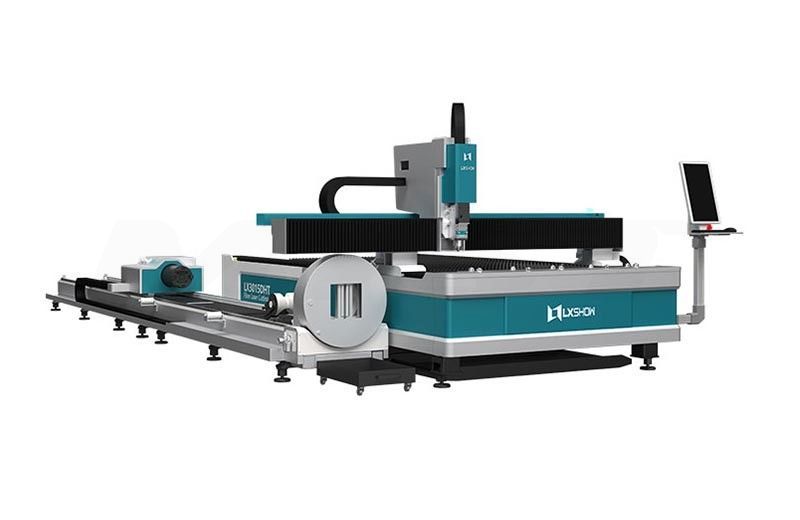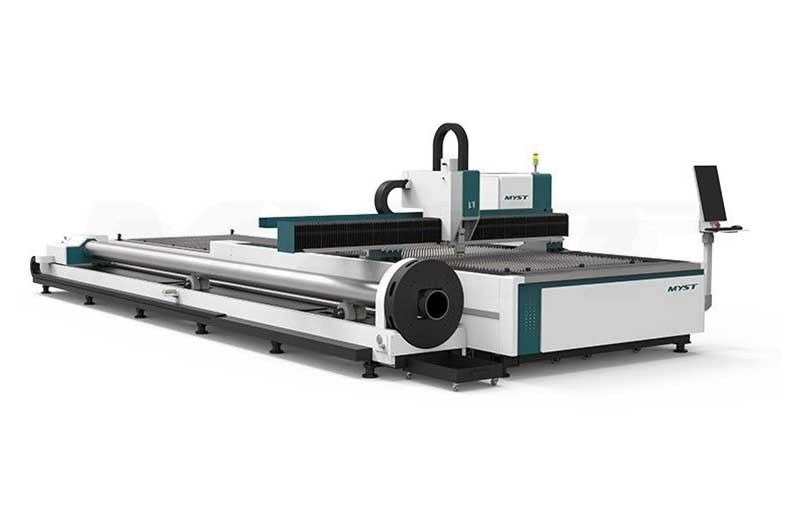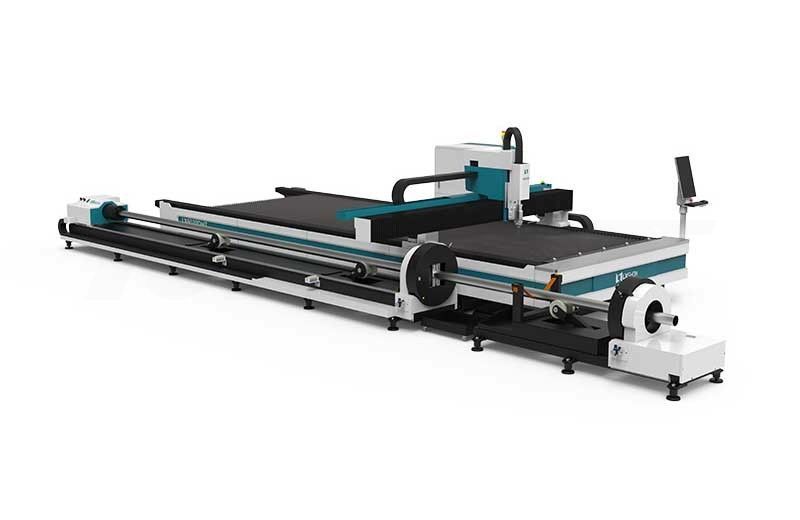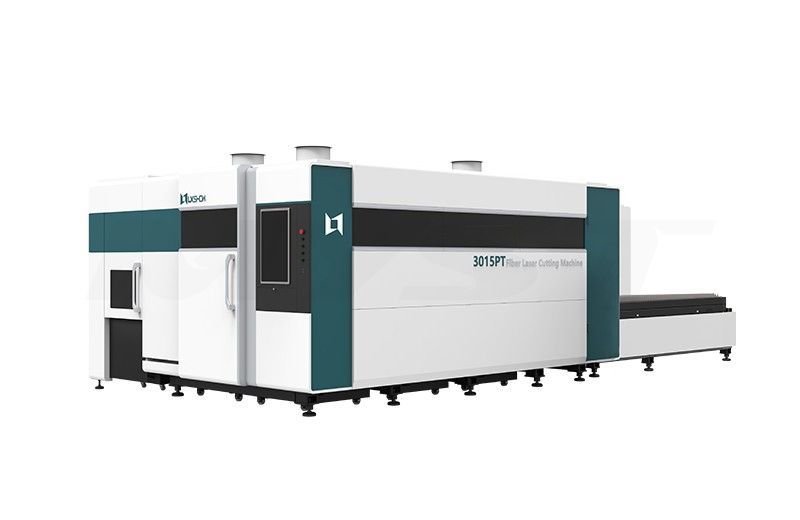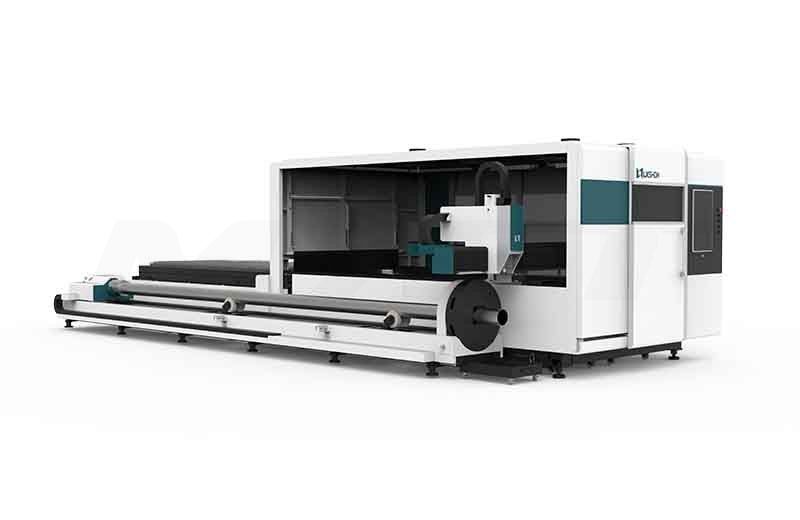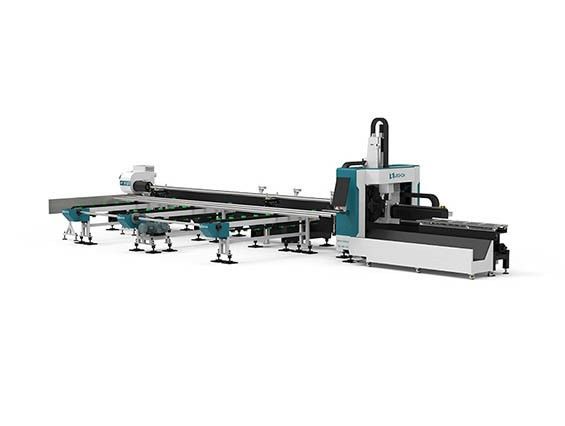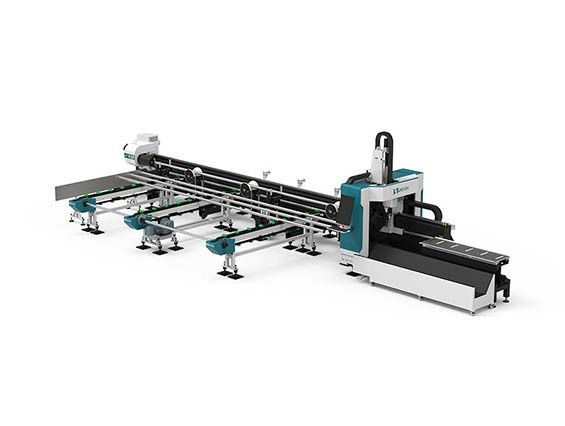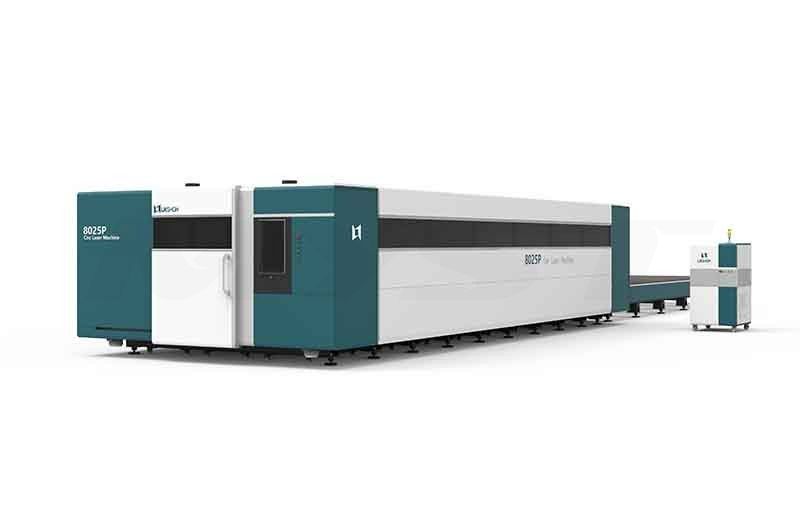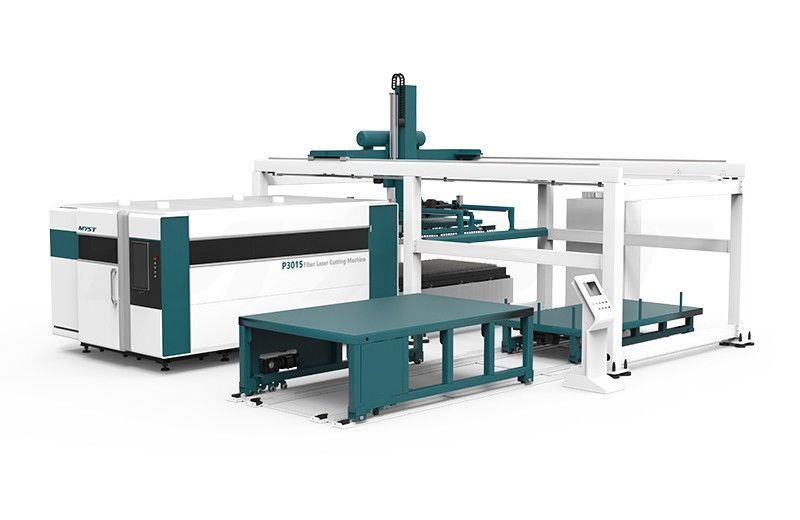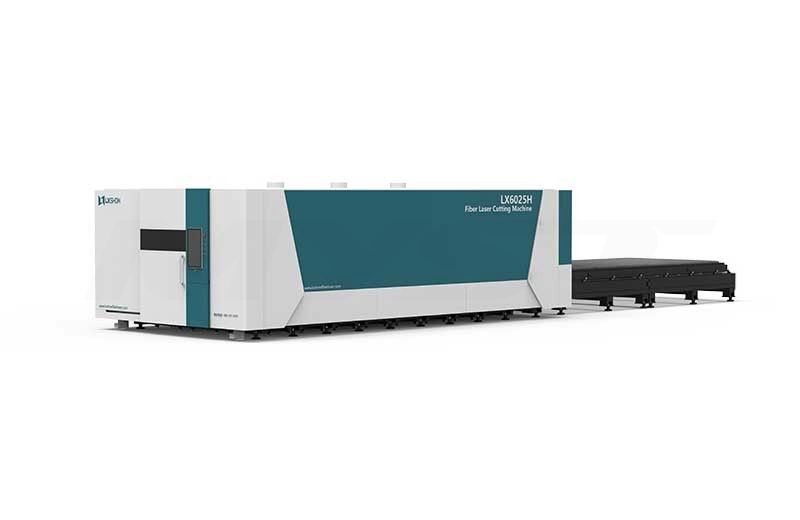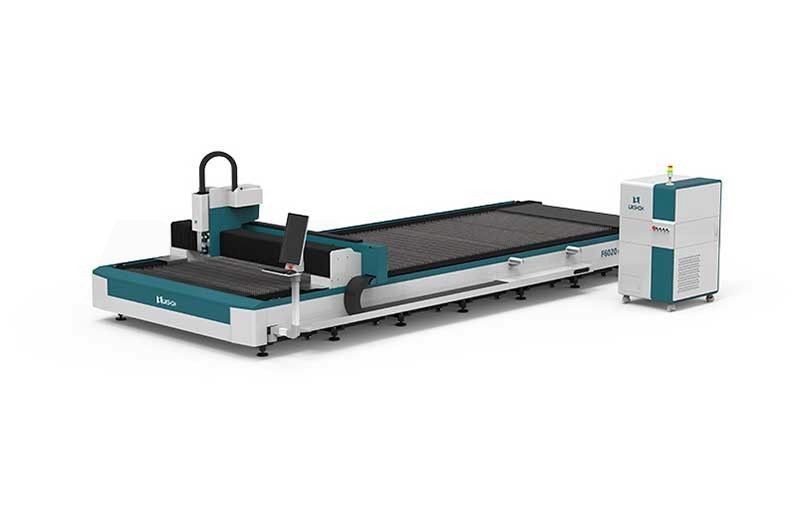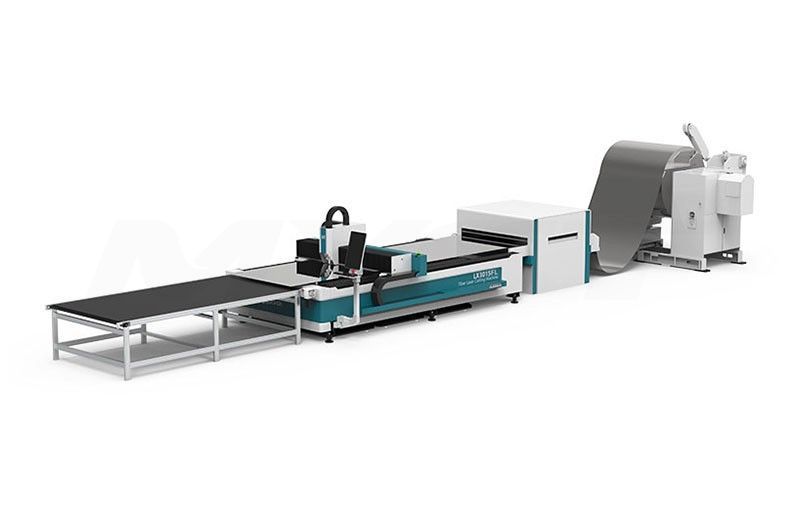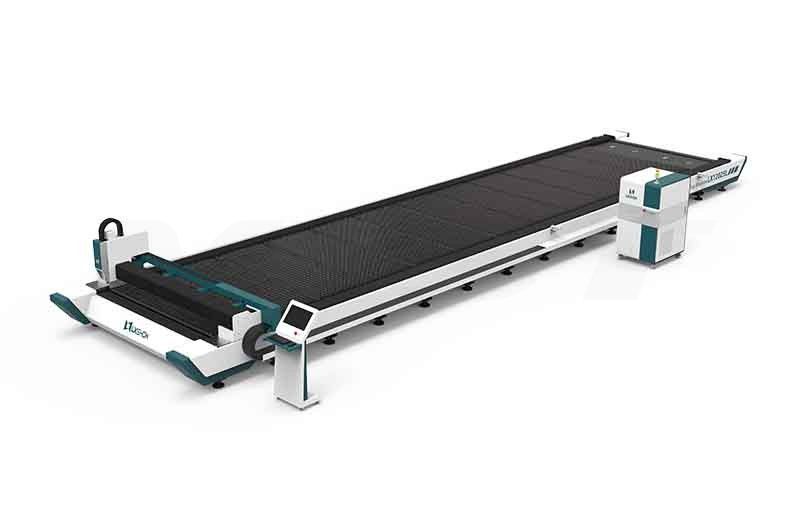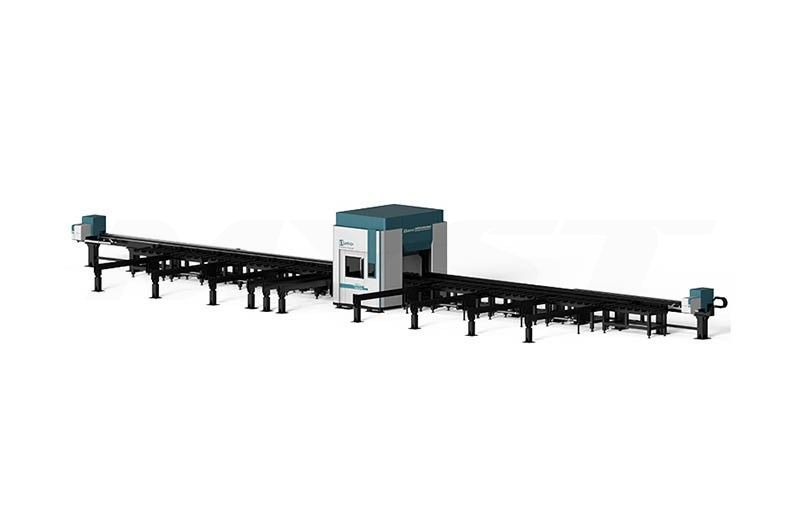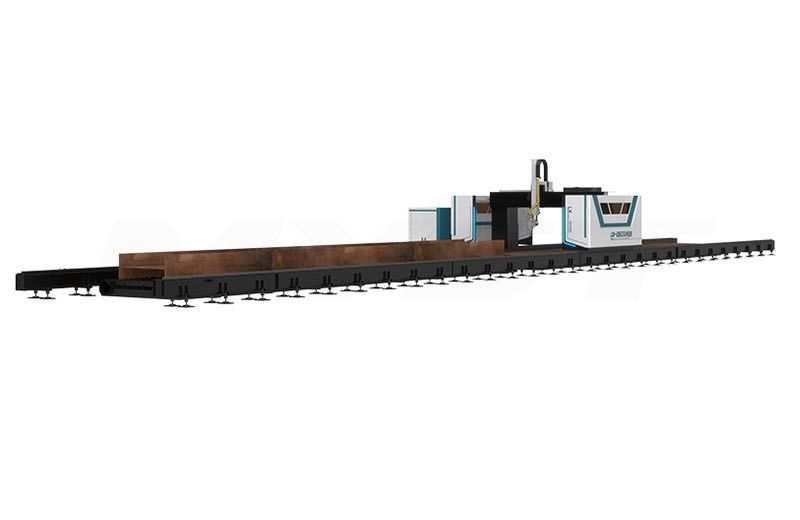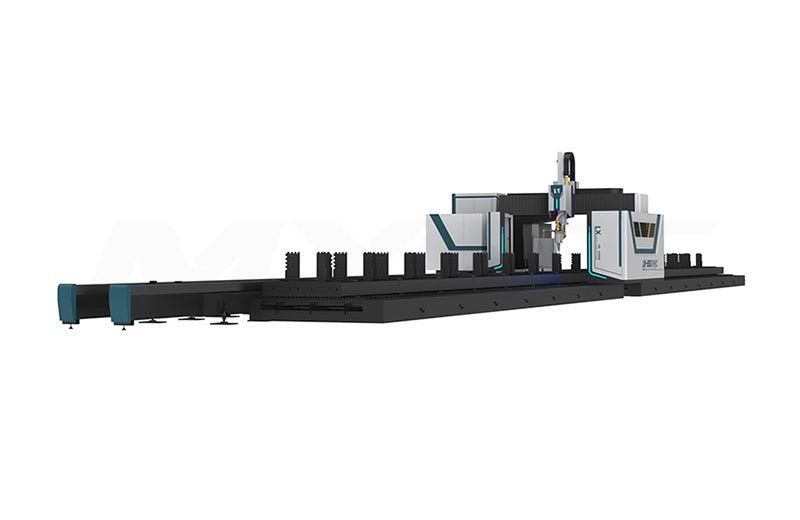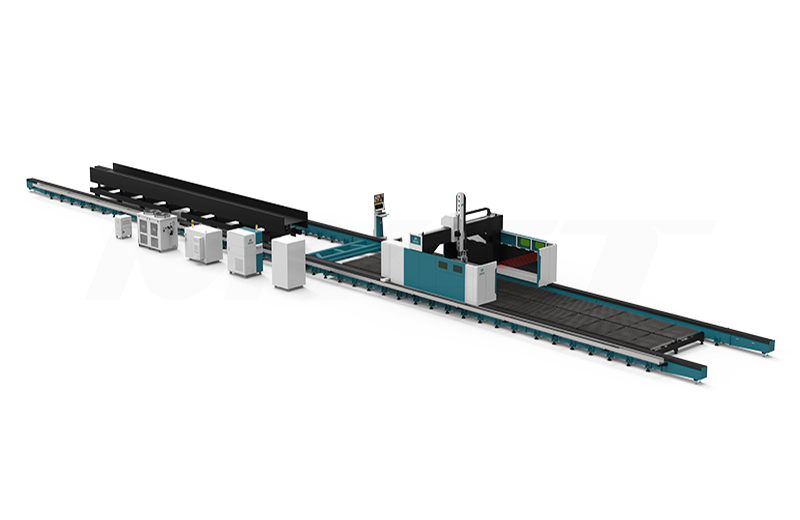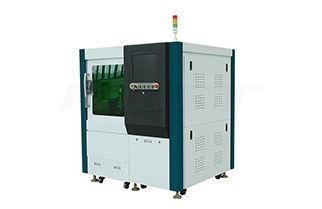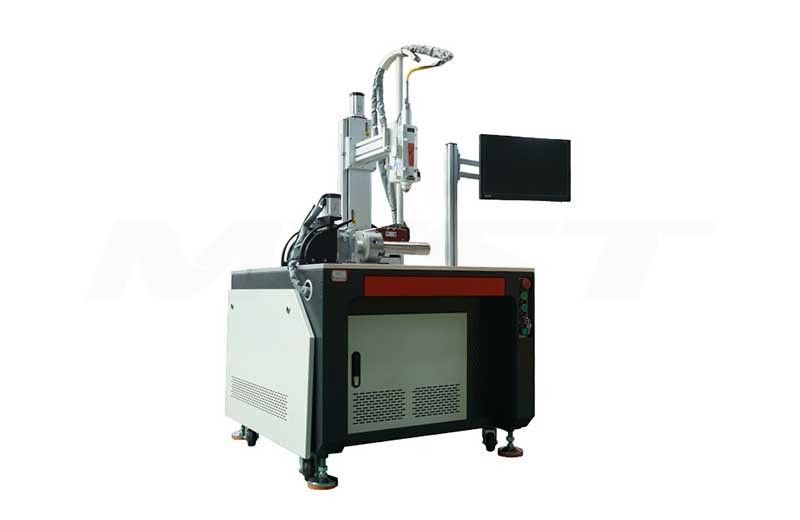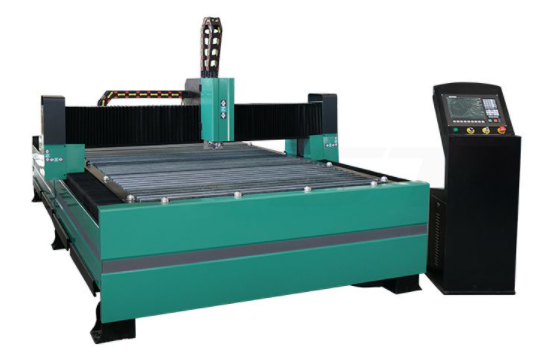
Plasma cutting is a processing method that uses the heat of a high-temperature plasma arc to partially melt (and evaporate) the metal at the workpiece kerf and uses the momentum of the high-speed plasma to remove the molten metal to form the kerf.
Principle of plasma cutting
Lons are the fourth state in which matter exists. For example, ice changes from a solid-state to a liquid state (water) as the temperature rises, then heats up to a gaseous state, and continues to heat up to a certain temperature, it changes to a plasma state (i.e., plasma). The negatively charged electrons in the plasma are in equilibrium with the positively charged ions, which can pass a large current and thus have a very high energy density and extremely high temperature. Controlling the energy density, temperature and operating speed of the plasma arc allows for the cutting, welding, and painting of metals. Plasma cutting uses plasma to heat the metal to be cut to a molten state and then uses an auxiliary gas to blow the molten metal away to achieve the cutting purpose.
Advantages of Plasma Cutting
The main advantage of a plasma cutting machine is that it cuts small thicknesses of metal workpieces. Plasma cutting speed, especially in cutting ordinary carbon steel sheets, the speed can be 5-6 times faster than the oxygen cutting method. The cutting surface is clean, with little heat distortion and almost no heat-affected zone. The working gas that can be used for plasma cutting (the working gas is the conductive medium of plasma and the heat-carrying body, while also excluding the molten metal in the incision) has a significant impact on the cutting characteristics of plasma as well as the cutting quality and speed. Commonly used plasma working gases are argon, hydrogen, nitrogen, oxygen, air, water vapor, and certain gas mixtures.
Applicable cutting materials
The temperature of the compressed plasma is generally 10000-15000℃, and the temperature of the water recompression can be up to 50000℃, so the energy density of plasma is quite high. When cutting a thin plate with thickness below δ20mm, it has the advantages of fast speed, small deformation, high precision, and high section finish.
After the plasma is ejected from the nozzle, the gas energy density, flow rate, and temperature all drop rapidly. If the working current is 200A, the plasma arc flow rate at 10mm from the nozzle is 1040mm/s, while at 20mm it rapidly decreases to 760mm/min. This causes uneven temperature distribution in the direction of plate thickness when cutting, which easily causes the defects of melting above and hanging slag below the kerf, and the defects of wide at the top and narrow at the bottom. With the increase in cutting thickness, this phenomenon becomes more serious, and the cutting speed and cutting quality also decreased sharply. Therefore, the plasma cutting method is more suitable for thin plate cutting but can cut a wide range of materials, including almost all conductive metal materials, such as high alloy steel, copper, aluminum, etc.
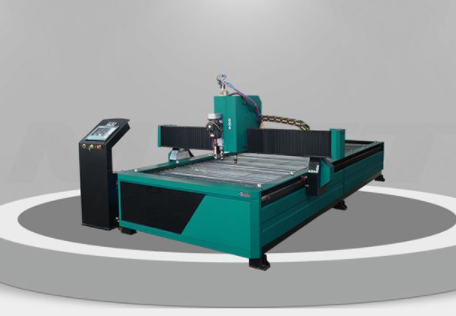
We offer the Multifunctional Plasma Cutting Machine. Set drill, plasma cutting, flame cutting in one machine. you can choose different cutting modes according to different If you are interested in them, please contact us now!








